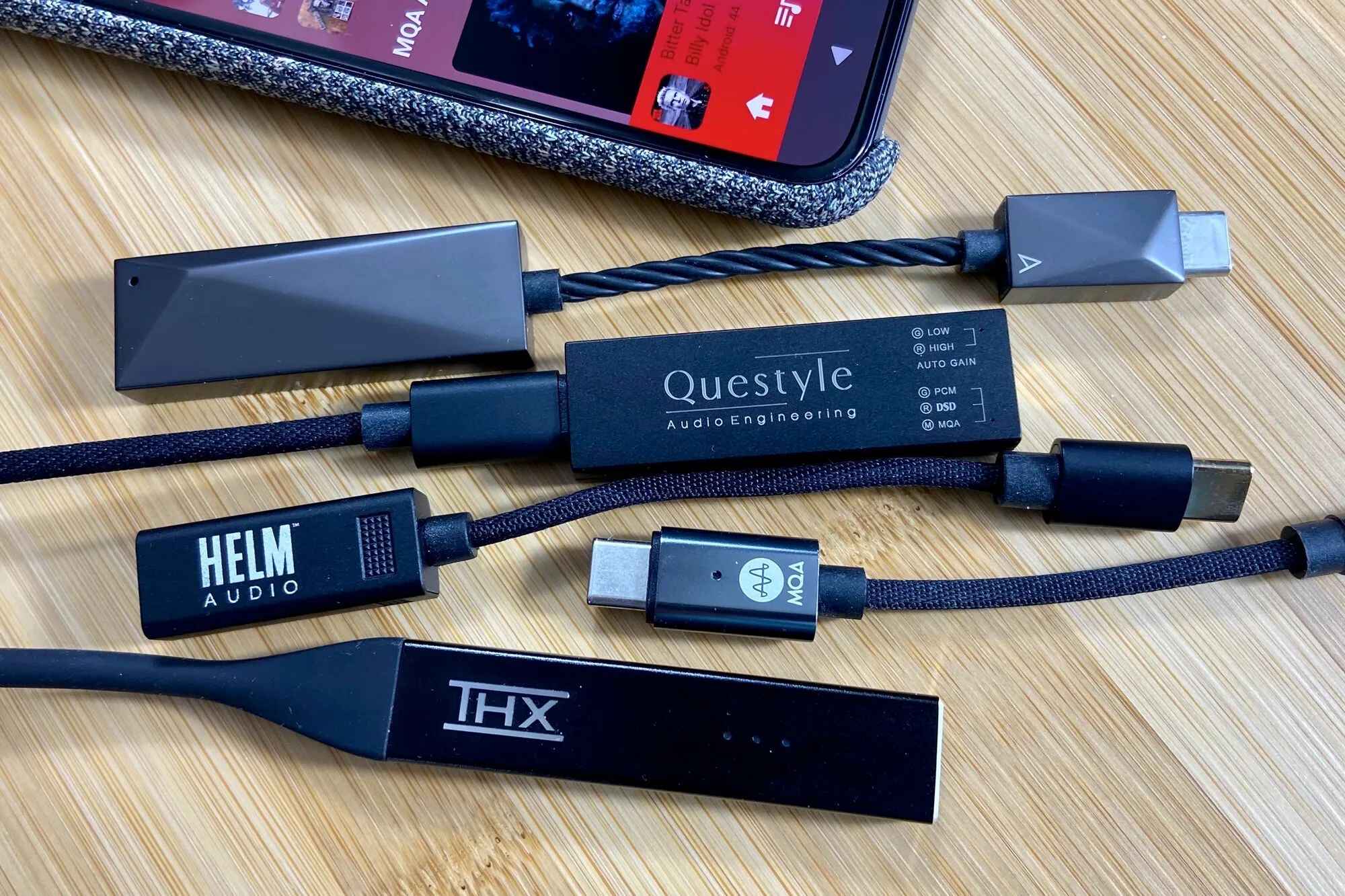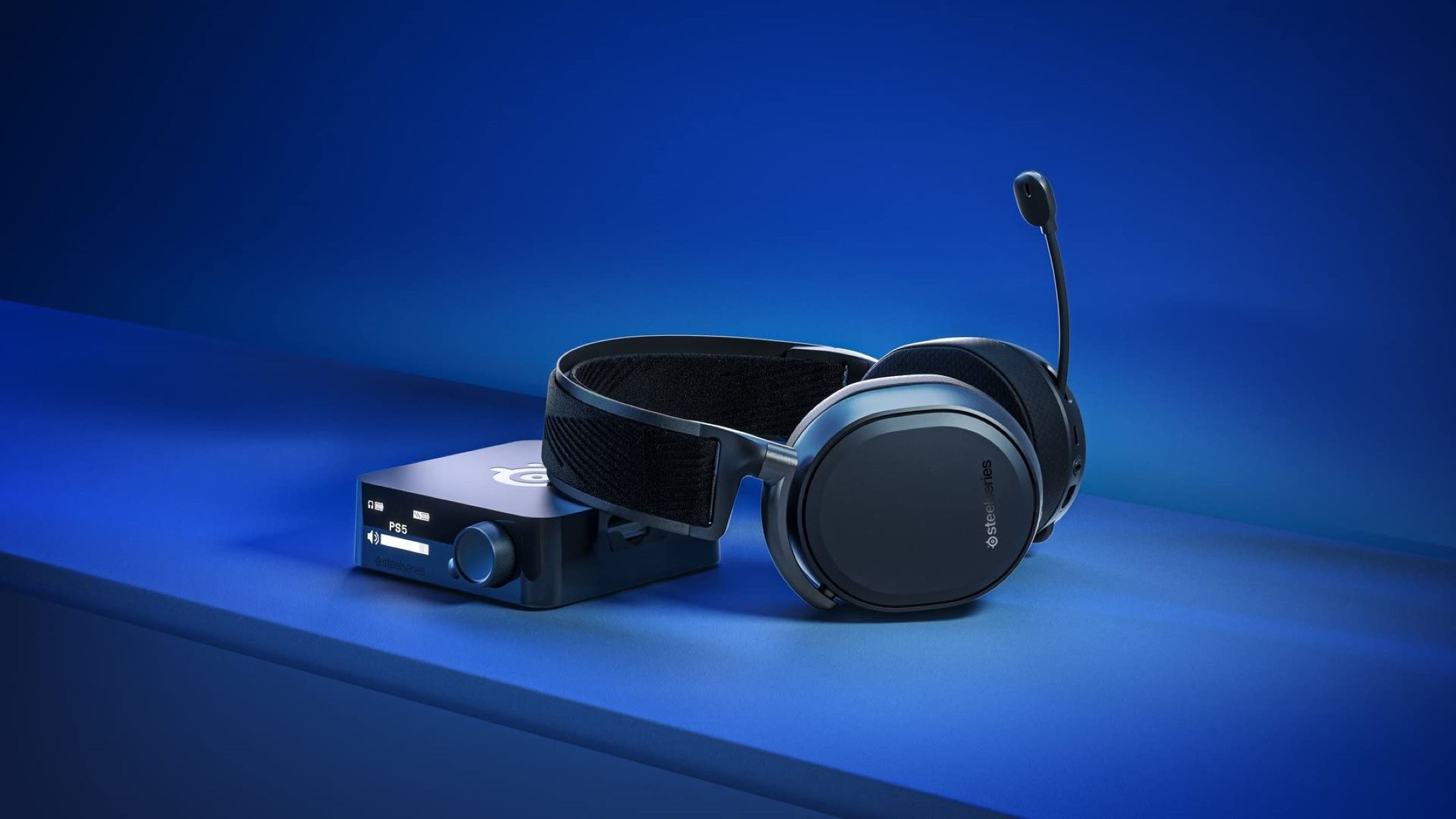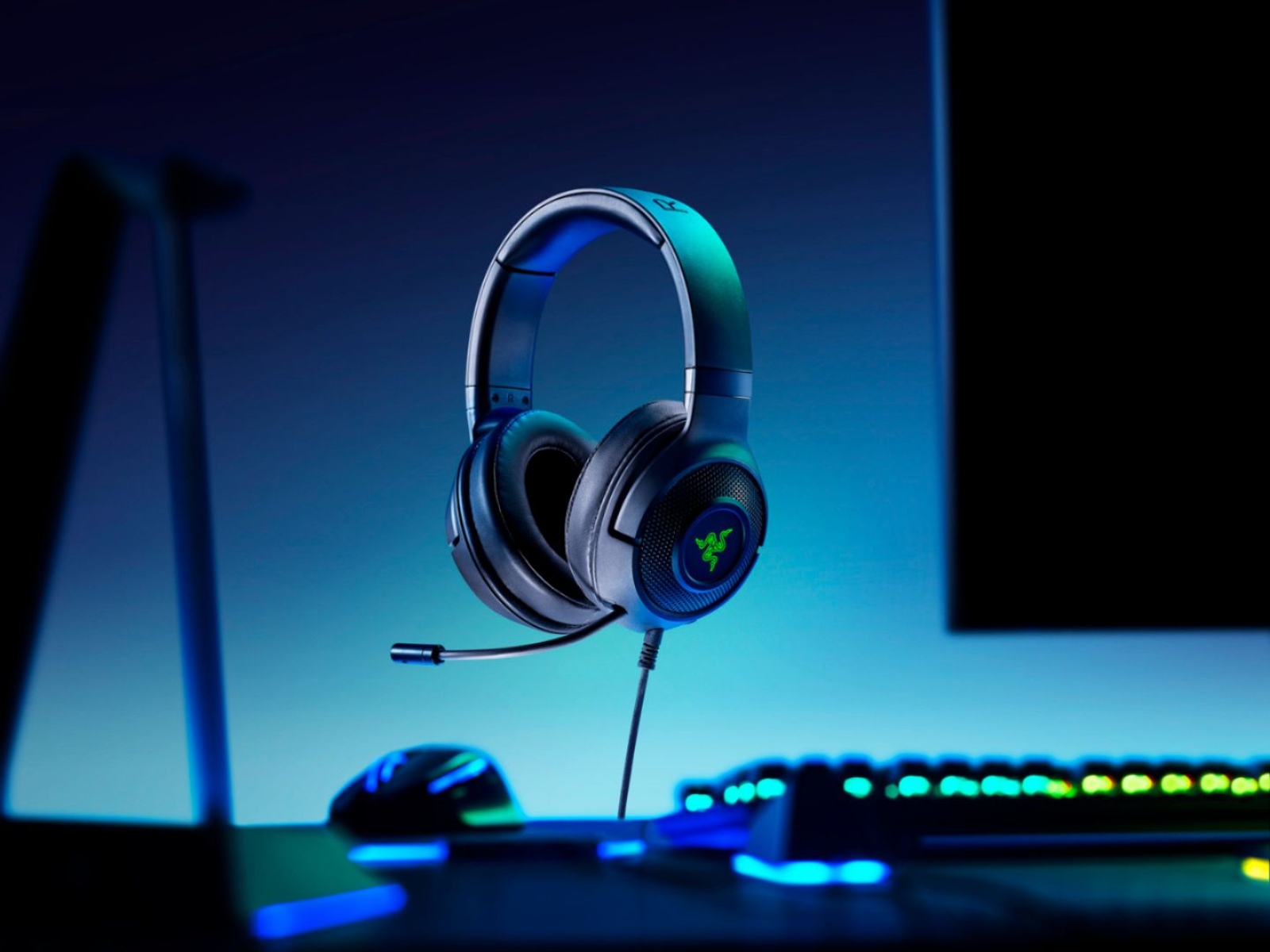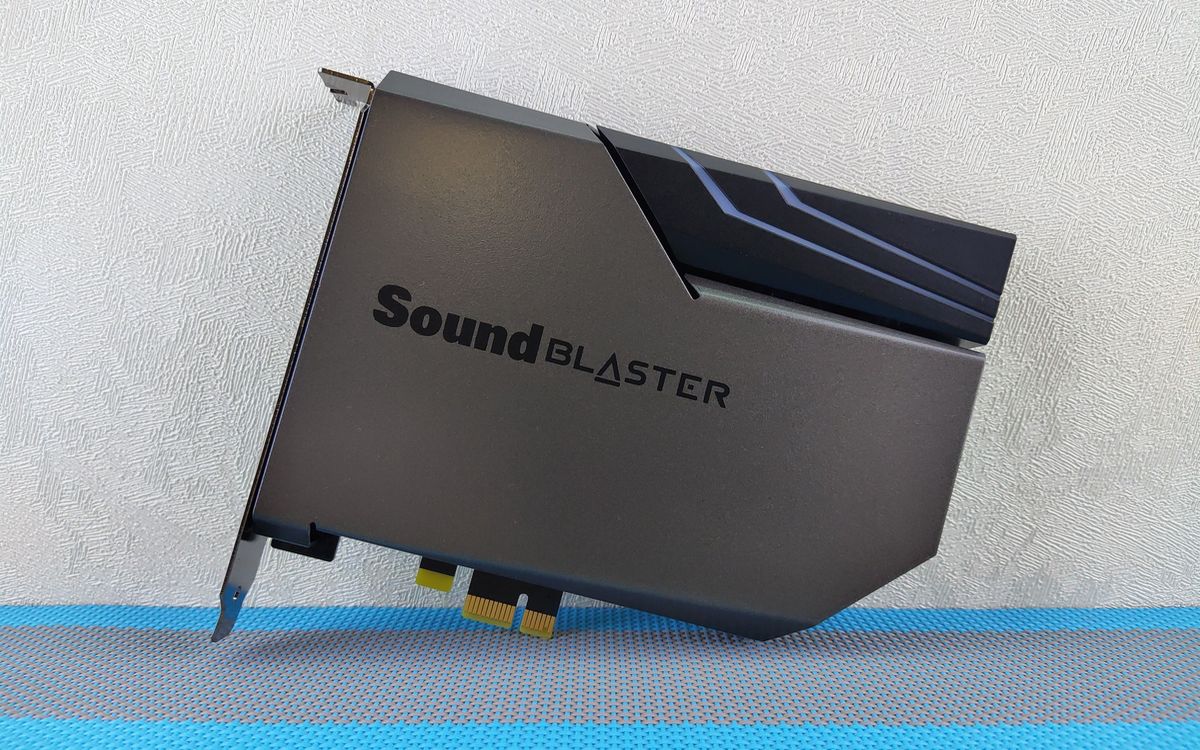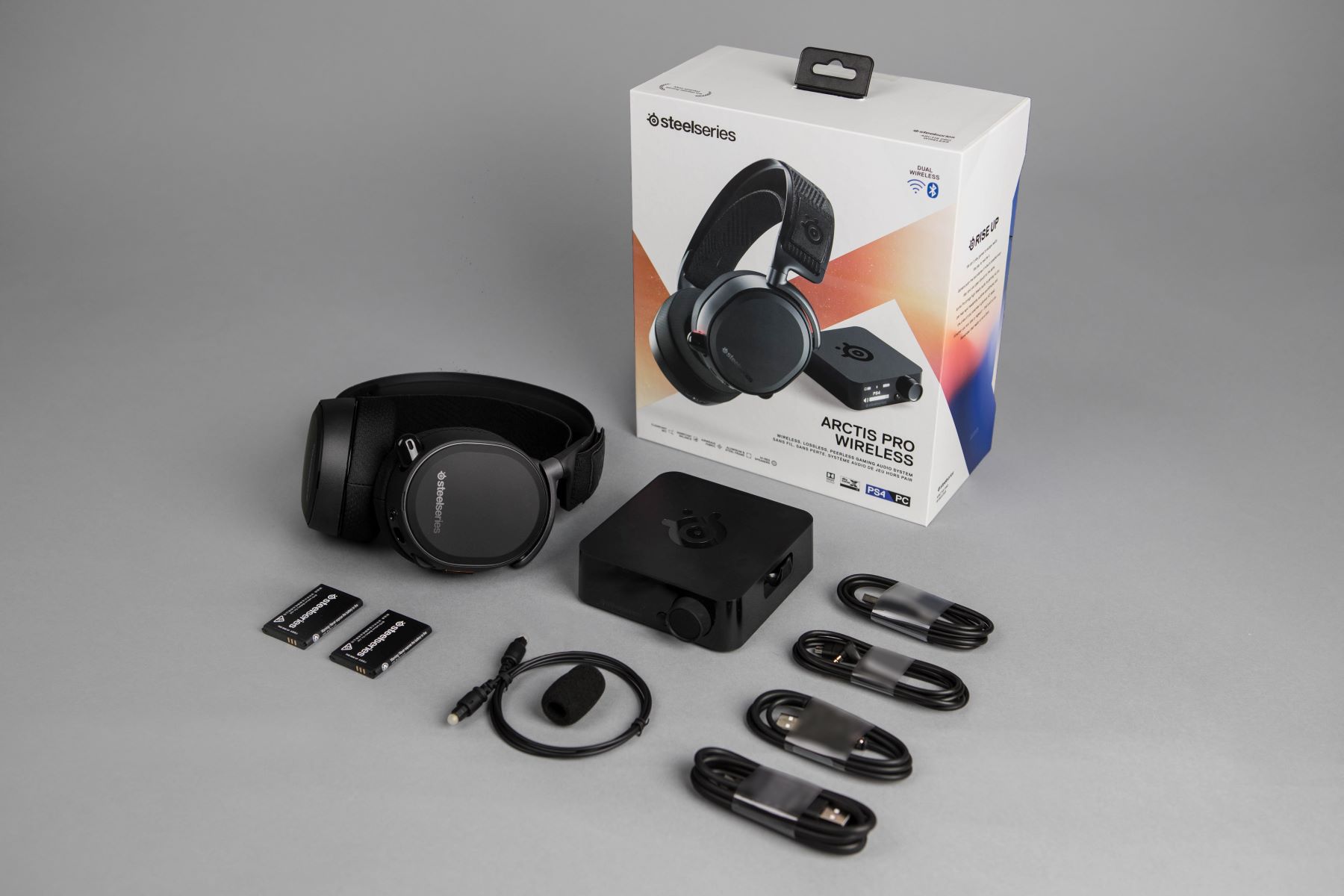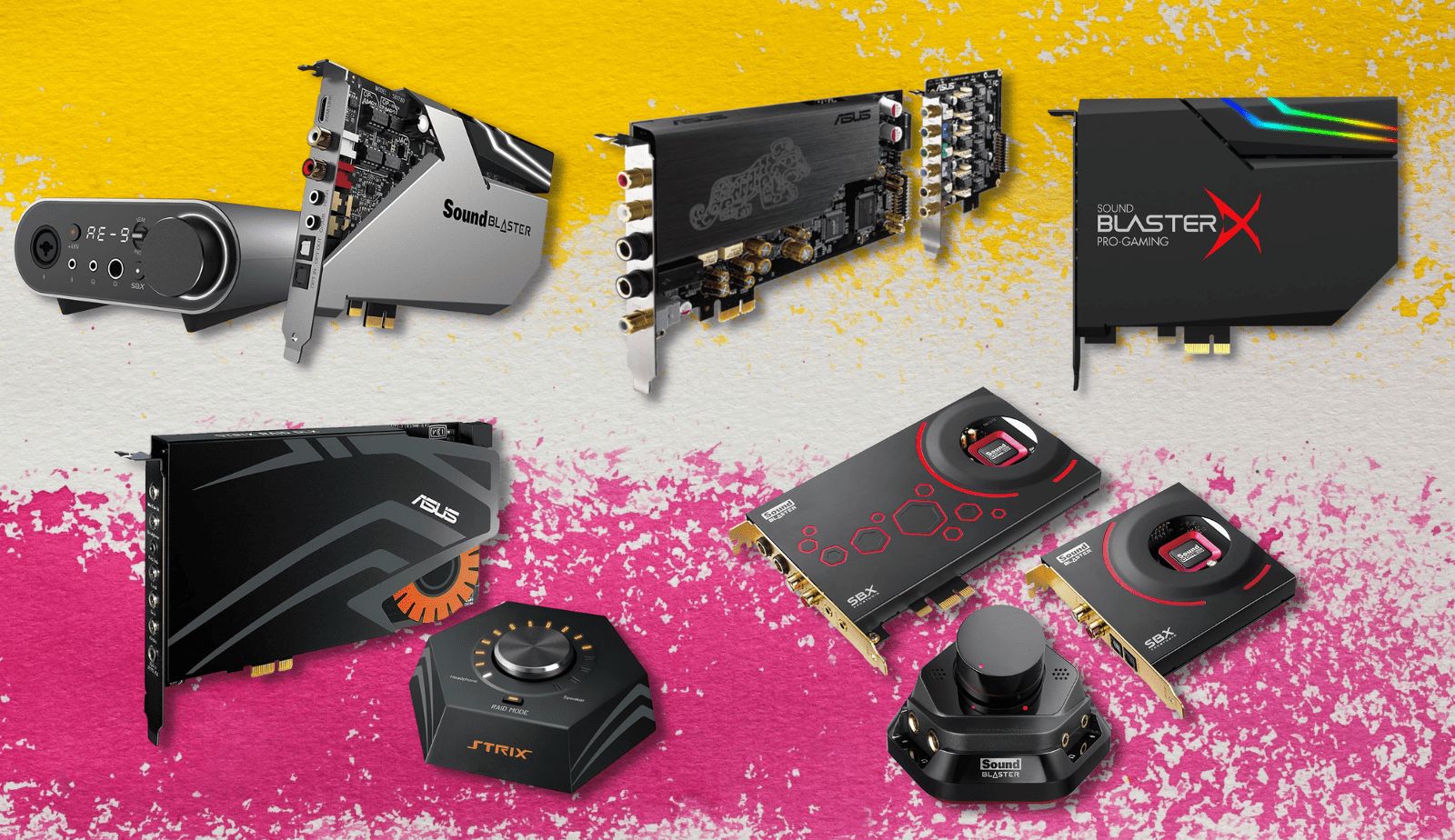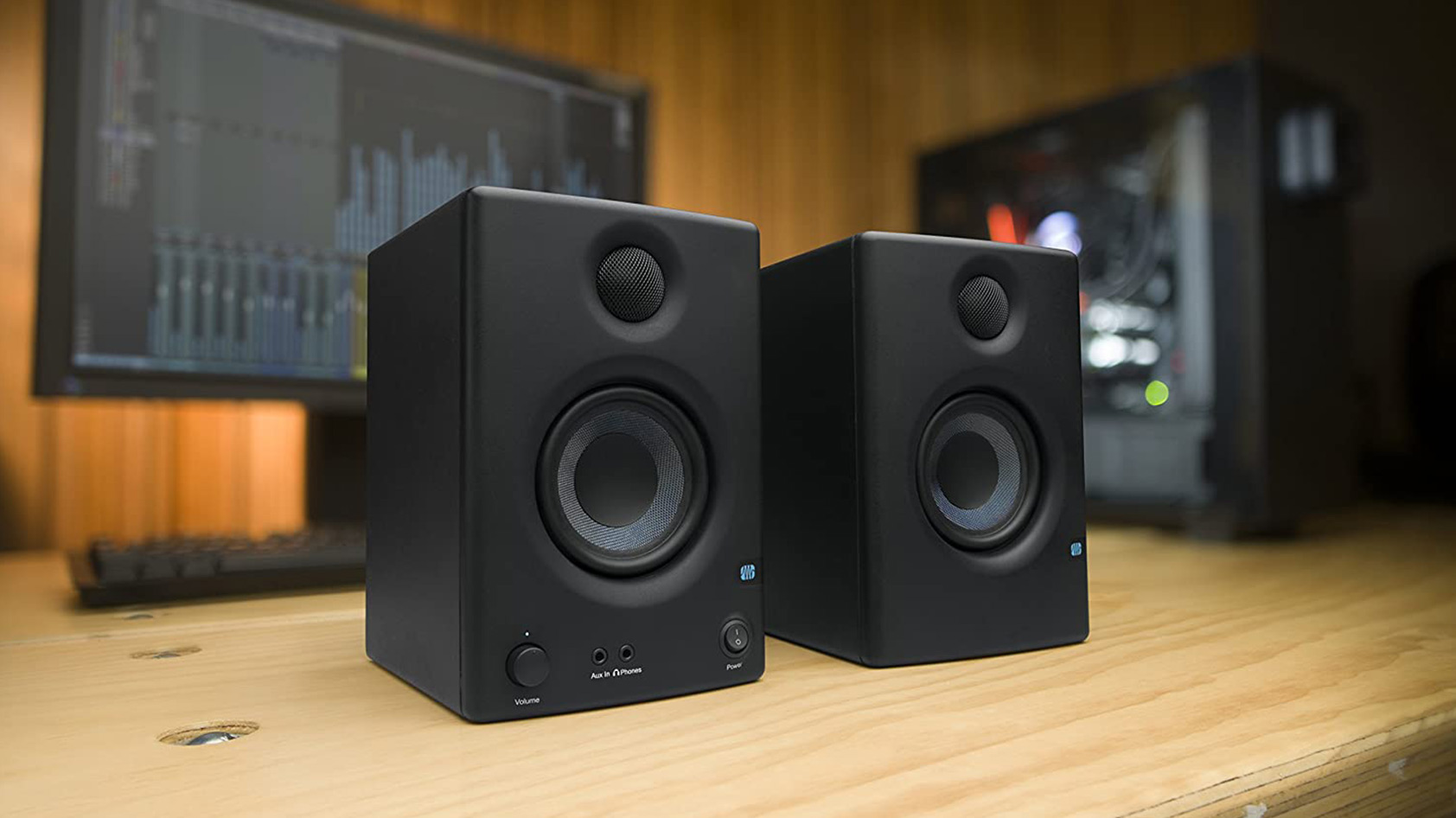Introduction
In today's digital age, the quest for high-quality audio experiences has become a common pursuit among music enthusiasts, gamers, and audiophiles alike. As technology continues to evolve, the demand for superior sound reproduction has led to the development of advanced audio equipment. One such innovation that has gained prominence is the Digital-to-Analog Converter (DAC). This device plays a pivotal role in transforming digital audio signals from a computer into analog sound waves, resulting in a richer and more immersive auditory experience.
The integration of DACs with personal computers has become increasingly popular due to the inherent limitations of built-in audio components. While modern PCs are equipped with onboard sound cards capable of converting digital audio, they often fall short in delivering the level of audio fidelity that discerning users seek. This is where DACs come into play, offering a solution to elevate the audio output of PCs to a higher standard.
By delving into the realm of DACs, users are presented with an opportunity to unlock the full potential of their audio systems. Whether it's the pursuit of pristine music playback, the desire for lifelike sound effects in gaming, or the need for accurate audio monitoring in professional applications, the addition of a DAC can significantly enhance the overall audio quality and performance of a PC setup.
In the subsequent sections of this article, we will explore the intricacies of DAC technology, the advantages of connecting DACs to PCs, the various types of DACs available for PC audio, as well as the practical methods for integrating DACs into computer systems. Furthermore, we will provide valuable insights and tips to optimize the audio experience through the use of DACs, empowering users to embark on a journey towards audio excellence in the digital realm.
Understanding Digital-to-Analog Converters (DACs)
Digital-to-Analog Converters, commonly referred to as DACs, serve as pivotal components in the audio reproduction chain, facilitating the conversion of digital audio signals into analog waveforms. This transformation is essential for translating the binary data stored in digital audio files into the electrical signals that drive speakers or headphones, ultimately producing sound that can be perceived by the human ear.
At the core of DAC operation lies the fundamental principle of converting discrete digital samples into continuous analog signals. When a digital audio file is played through a PC, the DAC undertakes the crucial task of interpreting the sequence of binary data, representing the audio waveform, and reconstructing it as a continuous electrical signal. This process involves precision and accuracy to faithfully reproduce the original audio, ensuring that nuances, subtleties, and sonic details are preserved and conveyed with fidelity.
The quality of a DAC is often assessed based on its ability to perform this conversion process with utmost precision and minimal distortion. Factors such as signal-to-noise ratio, total harmonic distortion, and dynamic range play a pivotal role in determining the overall performance of a DAC. These parameters directly influence the clarity, accuracy, and resolution of the audio output, thereby influencing the listening experience.
In the context of PC audio, the integration of a high-quality DAC can significantly elevate the sonic capabilities of the system, transcending the limitations of onboard sound cards. By leveraging advanced DAC technology, users can enjoy enhanced audio fidelity, improved spatial imaging, and heightened musical realism, ultimately immersing themselves in a more captivating auditory environment.
Furthermore, the importance of DACs extends beyond traditional music playback, encompassing various applications such as gaming, content creation, and professional audio production. In gaming, for instance, a high-performance DAC can enrich the gaming experience by rendering spatial audio cues with greater precision, allowing gamers to pinpoint the direction of in-game sounds accurately. Similarly, in professional audio environments, the implementation of premium DACs ensures accurate monitoring and faithful reproduction of recorded material, contributing to the integrity of the production process.
In essence, understanding the role of DACs in the realm of PC audio unveils their significance in shaping the overall audio experience. By comprehending the intricacies of DAC technology and its impact on sound reproduction, users can make informed decisions when seeking to enhance the audio capabilities of their PCs, ultimately unlocking the full potential of their audio systems.
Benefits of Connecting DACs to PCs
Enhancing the audio experience on a personal computer can yield a multitude of benefits, and the integration of Digital-to-Analog Converters (DACs) plays a pivotal role in realizing these advantages. By connecting DACs to PCs, users can unlock a realm of sonic enhancements that transcend the capabilities of conventional onboard sound cards. The following are key benefits that underscore the significance of incorporating DACs into PC audio setups:
-
Elevated Audio Fidelity: One of the primary advantages of connecting DACs to PCs is the substantial improvement in audio fidelity. Built-in sound cards often exhibit limitations in terms of signal processing and digital-to-analog conversion, leading to compromised audio quality. By introducing a high-quality DAC into the system, users can experience a remarkable enhancement in audio fidelity, characterized by greater clarity, precision, and detail in sound reproduction.
-
Reduced Interference and Noise: The utilization of DACs enables users to mitigate common issues associated with electrical interference and signal noise. Onboard audio components are susceptible to electromagnetic interference and crosstalk within the PC environment, which can degrade the audio signal. DACs, particularly those equipped with advanced isolation and noise-reduction features, offer a cleaner and more pristine audio output, free from the distortions induced by environmental factors.
-
Expanded Compatibility and Versatility: DACs empower users to expand the compatibility and versatility of their audio systems. By connecting a DAC to a PC, individuals can leverage the device to interface with a diverse range of audio equipment, including amplifiers, powered speakers, and high-impedance headphones. This flexibility enables users to tailor their audio setup according to their preferences, accommodating various audio sources and output devices with seamless compatibility.
-
Enhanced Spatial Imaging and Soundstage: The integration of DACs contributes to an enhanced spatial imaging and soundstage representation, particularly in the context of music playback and gaming. Premium DACs are engineered to deliver superior spatial resolution, enabling users to perceive a more expansive and immersive audio environment. This enhancement is especially valuable for enthusiasts seeking a captivating and lifelike audio experience, characterized by precise localization of sound elements and an enriched sense of auditory depth.
-
Improved Dynamic Range and Audio Resolution: DACs are instrumental in elevating the dynamic range and audio resolution of PC audio systems. By leveraging high-performance DACs, users can experience an extended dynamic range, enabling the faithful reproduction of subtle nuances and transient details in music, gaming audio, and multimedia content. This enhancement contributes to a more engaging and lifelike audio presentation, enriching the overall listening experience.
In essence, the benefits of connecting DACs to PCs extend far beyond conventional audio enhancements, encompassing a holistic transformation of the auditory experience. By embracing the capabilities of DAC technology, users can embark on a journey towards audio excellence, characterized by heightened fidelity, expanded versatility, and an immersive sonic landscape that transcends the confines of traditional PC audio.
Types of DACs for PC Audio
When exploring the realm of Digital-to-Analog Converters (DACs) for PC audio, users are presented with a diverse array of options, each catering to specific preferences, requirements, and budgetary considerations. The following are notable types of DACs that cater to the unique demands of PC audio enthusiasts:
External USB DACs
External USB DACs represent a popular choice for PC audio enthusiasts seeking a convenient and versatile solution for enhancing audio fidelity. These compact devices are designed to connect to a computer via USB, bypassing the internal sound card and leveraging the DAC's superior audio processing capabilities. External USB DACs are renowned for their plug-and-play functionality, making them accessible to a wide audience of users. Furthermore, many USB DACs offer additional features such as headphone amplification, customizable audio settings, and compatibility with a range of operating systems, making them a versatile and user-friendly option for elevating PC audio experiences.
Portable DAC/Amp Combos
Portable DAC/Amp combinations have gained traction among users who prioritize mobility and versatility without compromising on audio quality. These compact devices integrate both a DAC and a headphone amplifier, catering to audiophiles, music enthusiasts, and professionals who seek high-fidelity audio on the go. Portable DAC/Amp combos often feature a sleek and portable design, making them ideal for users who desire premium audio performance while using laptops, tablets, or smartphones. Additionally, these devices often offer a wide range of connectivity options, including USB, optical, and Bluetooth, ensuring seamless integration with various PC and mobile devices.
Desktop DACs
Desktop DACs are tailored to cater to the demands of discerning users who prioritize uncompromising audio quality and comprehensive connectivity options. These devices are designed to be positioned on a desktop or audio workstation, offering a robust set of features including multiple input and output options, dedicated headphone amplification, and advanced audio processing capabilities. Desktop DACs are often favored by audiophiles, content creators, and gaming enthusiasts seeking a high-fidelity audio solution that can accommodate a wide range of audio sources and output devices. Additionally, desktop DACs often incorporate premium components and advanced signal processing technologies, ensuring an exceptional audio experience for PC users.
Internal Sound Cards with DAC Functionality
While external DACs have gained prominence, it's important to acknowledge the presence of internal sound cards equipped with DAC functionality. Modern internal sound cards often integrate high-quality DACs, offering a viable solution for users who prefer an integrated approach to audio enhancement. These sound cards are designed to be installed directly into a PC's motherboard, providing a dedicated audio processing solution that can cater to the demands of gamers, audio enthusiasts, and content creators. Internal sound cards with DAC functionality often feature customizable audio settings, support for multi-channel audio, and low-latency performance, making them a compelling option for users seeking an integrated audio solution within their PC setups.
In essence, the diverse landscape of DACs for PC audio encompasses a spectrum of options, each tailored to address specific user preferences, usage scenarios, and audio requirements. Whether it's the portability and versatility of portable DAC/Amp combos, the comprehensive features of desktop DACs, or the integrated functionality of internal sound cards, users are empowered to select a DAC solution that aligns with their unique audio aspirations, ultimately elevating the sonic capabilities of their PC setups.
How to Connect DACs to PCs
Connecting a Digital-to-Analog Converter (DAC) to a personal computer is a straightforward process that can significantly enhance the audio capabilities of the system. Whether it's for elevating music playback, optimizing gaming audio, or achieving precise audio monitoring in professional applications, the seamless integration of a DAC into a PC setup can unlock a realm of sonic enhancements. Here's a comprehensive guide on how to connect DACs to PCs, empowering users to embark on a journey towards audio excellence:
Step 1: Selecting the Appropriate DAC
Before initiating the connection process, it's essential to select a DAC that aligns with the user's audio preferences, equipment compatibility, and usage scenarios. Whether it's an external USB DAC, a portable DAC/Amp combo, or a desktop DAC, users should consider the connectivity options, audio features, and form factor that best suit their requirements.
Step 2: Establishing the Connection
For external USB DACs and portable DAC/Amp combos, the connection process typically involves plugging the device into a vacant USB port on the PC. Many modern DACs offer plug-and-play functionality, eliminating the need for complex setup procedures. Additionally, some DACs may require the installation of specific drivers or software to ensure seamless compatibility with the PC's operating system.
Step 3: Configuring Audio Settings
Upon establishing the physical connection, users may need to configure the audio settings on their PC to recognize the connected DAC as the primary audio output device. This process involves accessing the sound settings within the operating system and selecting the DAC as the default playback device. Furthermore, users can explore additional audio settings within the DAC's control software, enabling them to customize audio parameters according to their preferences.
Step 4: Testing and Calibration
After connecting and configuring the DAC, users can conduct a series of audio tests to ensure that the device is functioning optimally. This involves playing various audio content, such as music tracks, gaming audio, or multimedia files, to assess the fidelity, clarity, and spatial imaging capabilities facilitated by the DAC. Additionally, users can fine-tune the audio settings within the DAC's control software to achieve an audio profile that aligns with their sonic preferences.
By following these steps, users can seamlessly integrate a DAC into their PC audio setup, unlocking a spectrum of sonic enhancements that transcend the limitations of conventional onboard sound cards. The process of connecting a DAC to a PC is characterized by its accessibility, versatility, and potential to elevate the overall audio experience, empowering users to indulge in a captivating auditory journey within the digital realm.
Tips for Enhancing Audio Experience with DACs
-
Optimize Audio Source Quality: To maximize the benefits of a DAC, ensure that the audio sources, such as music files or game soundtracks, are of high quality. Lossless audio formats, high-resolution music files, and uncompressed gaming audio can fully leverage the capabilities of the DAC, resulting in a more immersive and detailed auditory experience.
-
Invest in Quality Cables: The interconnectivity between the DAC, PC, and audio output devices plays a crucial role in preserving audio integrity. Utilizing high-quality cables, such as USB, optical, or RCA cables, can minimize signal degradation and interference, contributing to a cleaner and more robust audio signal transmission.
-
Explore Audio Settings: Many DACs offer customizable audio settings, including equalization, gain control, and digital filters. Experimenting with these settings allows users to tailor the audio output according to their preferences, whether it's optimizing the frequency response for music playback or fine-tuning the spatial imaging for gaming immersion.
-
Consider Amplification: In scenarios where high-impedance headphones or passive speakers are used, incorporating a dedicated headphone amplifier or power amplifier can complement the DAC, ensuring optimal driving power and enhanced audio dynamics. This combination can unlock the full potential of high-impedance audio devices, delivering a more authoritative and expressive sound.
-
Room Acoustics and Placement: Pay attention to the placement of speakers and headphones, as well as the acoustic characteristics of the listening environment. Optimizing room acoustics, utilizing speaker stands, and experimenting with headphone positioning can contribute to a more accurate and enveloping audio presentation, complementing the enhancements facilitated by the DAC.
-
Software Integration: Explore software integrations that complement the DAC, such as digital audio workstations (DAWs), media players with advanced audio processing capabilities, or gaming audio engines that support spatial audio rendering. Leveraging compatible software can further enhance the audio experience, unlocking additional features and optimizations tailored to the DAC's capabilities.
-
Firmware Updates and Maintenance: Stay informed about firmware updates and maintenance procedures provided by the DAC manufacturer. Keeping the device's firmware up to date ensures compatibility with evolving operating systems, resolves potential bugs, and may introduce performance optimizations, contributing to a seamless and reliable audio experience.
By implementing these tips, users can harness the full potential of DACs, elevating the audio experience on their PCs to new heights. The amalgamation of technical optimizations, thoughtful audio enhancements, and meticulous attention to detail empowers users to immerse themselves in a sonic landscape characterized by fidelity, realism, and captivating auditory nuances.







